
All categories
Featured selections
Trade Assurance
Buyer Central
Help Center
Get the app
Become a supplier

(3340 products available)







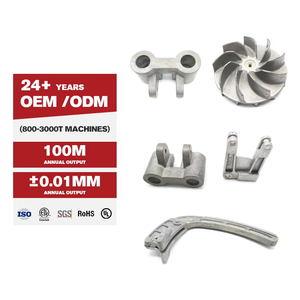

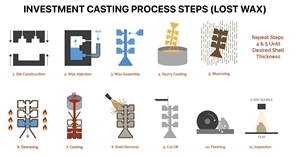



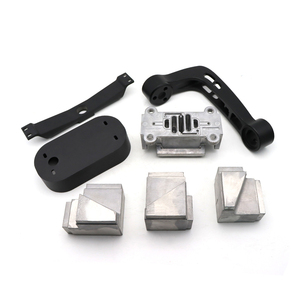

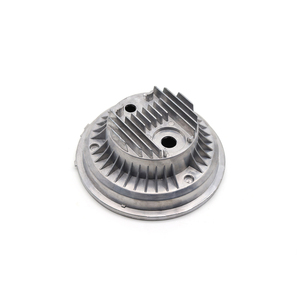
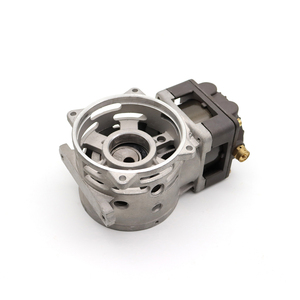















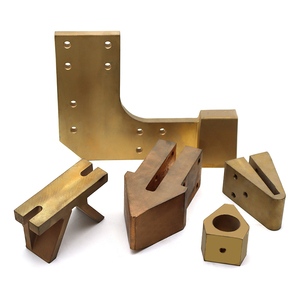






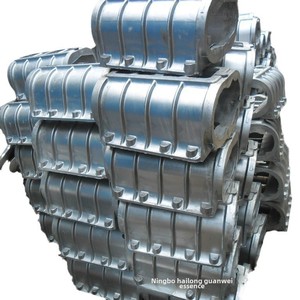












The gravity die casting molds process has different types of molds on which the casting is carried out. The following are some of the most common ones:
Single shot molds
The simplest type of gravity casting die is the single-shot mold. It consists of only one part, which is used to shape the poured metal. After the metal cools and solidifies, the single-shot mold is tipped or opened to release the cast part.
Multi- shot molds
Multi-shot gravity casting dies are more complex. They have multiple sections that work together to shape the cast part. The advantage of multi-shot molds is that they allow for the production of larger and more intricate parts. Like single-shot dies, multi-shot molds have moving parts called cores that sometimes need to be added to the casting process. Cores are typically made of heat-resistant materials so they can withstand repeated use in the cooling of molten metal.
Combination molds
Combination gravity casting dies are molded with both one and more than one part. They are also called multiple component or combination gravity die casts. Advantages of combination gravity casting molds include the ability to create more complex shapes and reduce the number of machining operations required to finish a cast part.
Key specifications of gravity die casting molds are as follows.
Die Material
Die gravity casting materials, like alloy tool steel, are durable and able to withstand the high heat of molten metals. They also resist wear from frequently used dies.
Die design
Design refers to the two-part (male and female) die designs often used in gravity casting. The die design is compatible with specific casting methods, such as sand cores and inserts. Cores and inserts allow for hollow or complex features in the final casted parts.
Temperature control
Some gravity casting dies have temperature control features. For example, cooling channels can regulate the temperature of the molten metal during casting. This helps maintain even casting quality throughout the die.
Dimensional accuracy
Gravity casting molds are accurate to +/-0.5% on dimensions. This means that the final castings will be precise replicas of the mold cavities. The high accuracy of gravity casting molds is essential for achieving a good fit and function in the finished product.
Mold release
Release agents used in gravity die casting help to separate the casting from the mold after it has cooled and solidified. The release agents form a thin film on the surface of the mold, preventing adhesion and allowing for easy removal of the casting. This is important for maintaining the integrity of both the mold and the casting.
Proper maintenance of the gravity casting die ensures that it will provide many years of service. Here are some tips for gravity casting die maintenance:
Gravity die casting molds are used in several industries in the manufacturing sector. Here are some industries that use die casting gravity moldings, along with the types of products they make with these molds.
Automotive Industry
The automotive industry uses gravity die casting molds to make engine blocks, transmission housings, wheel rims, and structural components. The use of these molds in the automotive industry results in well-made automotive parts that improve performance and durability.
Aerospace Industry
The aerospace industry employs gravity die casting molds to manufacture intricate components such as aircraft housings, brackets, and structural parts. These components are noted for their great precision and lightness, which contribute to improving the performance and safety of aircraft.
Marine Industry
The marine industry utilizes gravity die casting molds to produce various marine components like propellers, housings, and fittings. This makes sure that the components can stand up to the tough use circumstances of saltwater and sea in every part.
Electronics and Electrical Industry
The electrical industry uses gravity die casting to create housing, connectors, and chassis for electrical and electronic devices. This makes sure that the electronic devices have stable electrical conductivity and excellent electromagnetic shielding.
Industrial Equipment Manufacturing
Gravity die casting molds are used in manufacturing hydraulic parts, gearbox cases, and supporting parts, among others. This is done to guarantee the excellent precision and durability of the industrial equipment making use of them.
Defense and Military Industry
Gravity die casting molds are used in defense and military equipment to make components such as housings, structural parts, and optical instrument cases. The molds used are for military use only, and they are strong and durable.
Medical Equipment Industry
The medical equipment industry utilizes gravity die casting molds to produce intricate components like medical instrument housings and parts. These components need high-precision and reliable quality to ensure the instruments' accuracy and safety.
Consumer Electronics Industry
The Consumer Electronics Industry uses gravity die casting molds to produce the frames and housings of electronic products such as smartphones, laptops, and game consoles. The housings produced are light in weight and strong, ensuring that the electronic devices will eventually be used by consumers.
Optical Equipment Industry
Optical instruments like telescopes and microscopes are typically constructed using gravity die casting molds. These molds allow for the creation of complex casings and structural parts that guarantee the accurate operation and stability of the optical instruments.
Here are a few things to consider when choosing the proper gravity casting mold for any product:
Q1: What is the difference between die casting and gravity casting?
A1: As the names imply, gravity casting relies on natural gravity to push the molten metal through the mold. On the other hand, die casting relies on external pressure to push the molten metal into the mold cavity.
Q2: What are the advantages of gravity die casting?
A2: The benefits of gravity die casting include low operational costs, high-quality casting, fewer production steps, easy automation, and excellent mold reuse.
Q3: What are the disadvantages of gravity die casting?
A3: The main drawbacks of gravity die casting are the inherent porosity of the cast products and the lengthy production process compared to pressure casting methods.
Q4: What components are typically used in a gravity casting die?
A4: The main components of gravity casting dies include the molding plates, knockout mechanism, flow channels, gate system, venting system, and chills.